Using different social metrics in combination can provide a comprehensive assessment of each stage of the customer journey, while each metric may reveal different insights.
The marketing teams of different brands focus on different social channels and implement different strategies, but in order to achieve business results, brands must understand how social metrics work across each platform, and understand the appropriate stage of the customer journey. Only then can the right message be delivered at the right time.
KAWO’s Guide to China Social Metrics will combine social metrics with customer journey, and categorize metrics in a systematic way to inspire marketers in their daily efforts.
1. WeChat Official Account Metrics
5. Xiaohongshu (Little Red Book) Metrics
WeChat Official Account Metrics
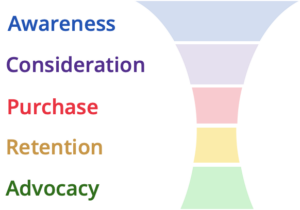
WeChat is one of the most established social platforms in China. Even though the open rate for Official Accounts (“OA”) has been declining for years due to fierce competition for readers’ attention, high-quality content remains the most efficient tool for maintaining audience stickiness.

Note: You can find the specific definition of the labeled metrics egorization category in the appendix.
WeChat Channels Metrics
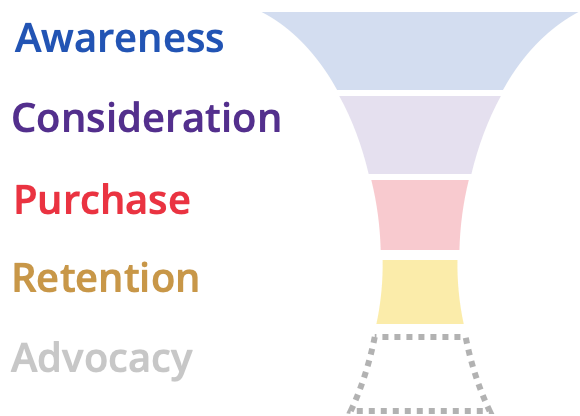
Channels are embedded in the WeChat ecosystem. Most views are from sharing within WeChat where viewers trust their social circles and prefer a comprehensive understanding of the product/services before purchasing. This usually results in higher ATV, purchase rate, lower return rate and lower refund rate.
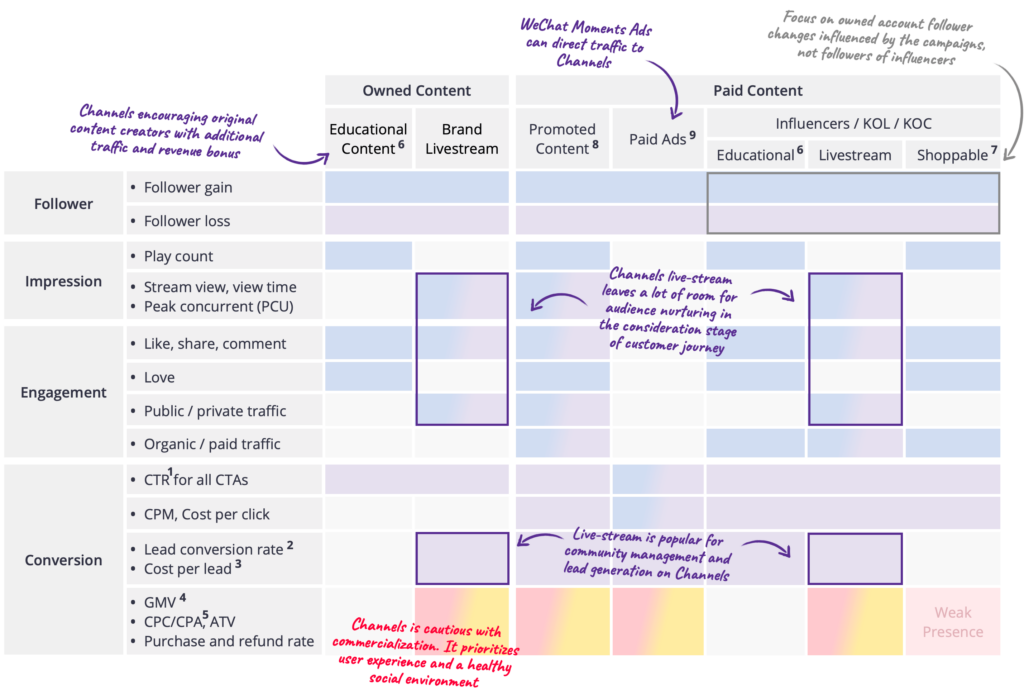
Note: You can find the specific definition of the labeled metrics egorization category in the appendix.
Douyin Metrics
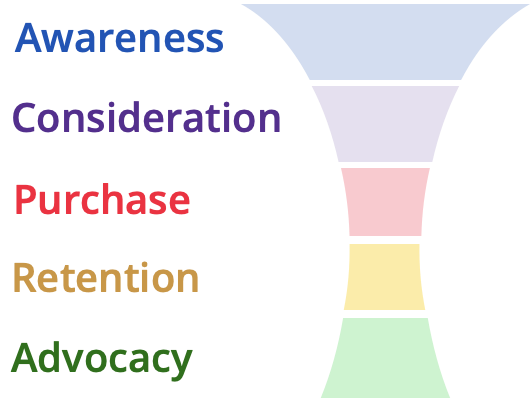
Douyin is aiming to upgrade the full-funnel e-commerce service to salvage its stagnant MAU and ads revenue. Quality content is becoming key.
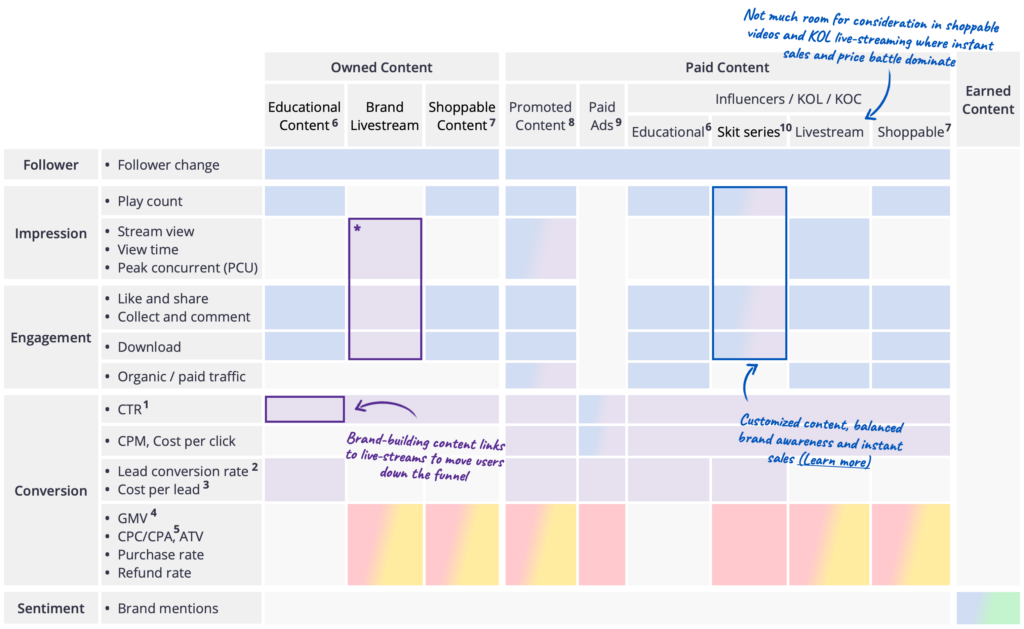
*Unprompted brand live-streams get little organic traffic. Viewers are mostly redirected from educational content and are in the consideration stage.
Note: You can find the specific definition of the labeled metrics egorization category in the appendix.
Kuaishou Metrics
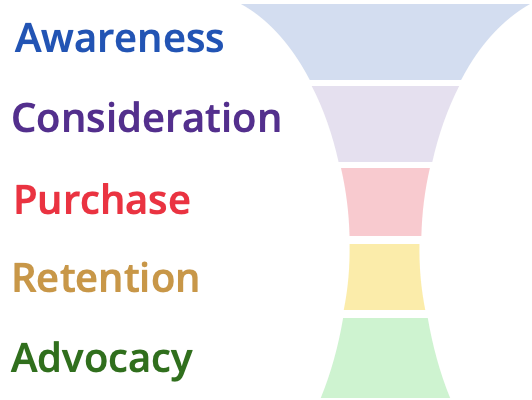
Kuaishou is the first platform to systematize the content form of “skit series” to improve engagement and conversion.
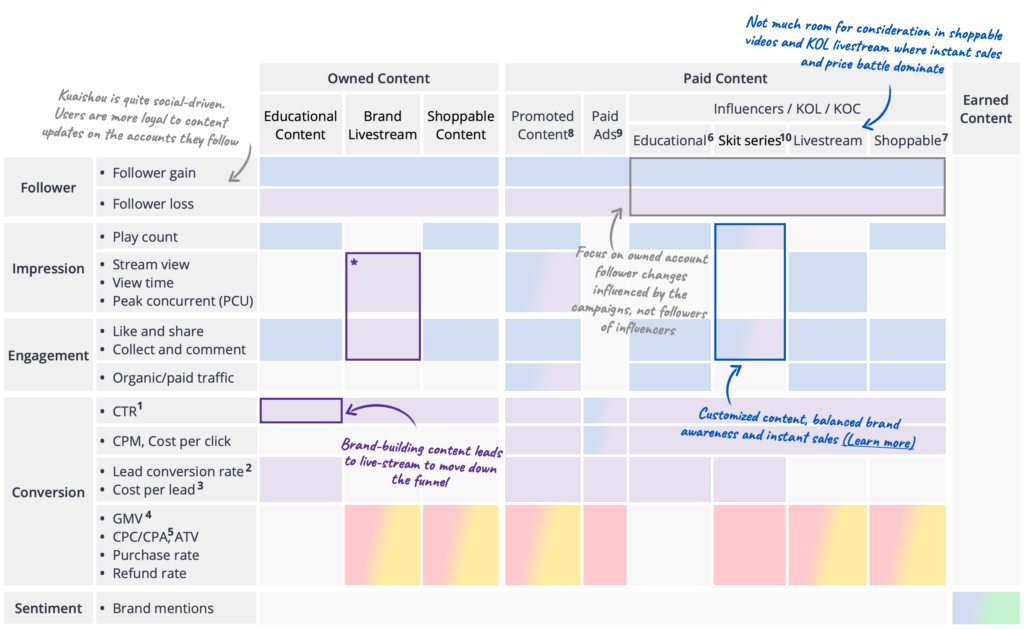
*Unprompted brand live-streams get little organic traffic. Viewers are mostly redirected from educational content and are in the consideration stage.
Note: You can find the specific definition of the labeled metrics egorization category in the appendix.
Xiaohongshu (Little Red Book) Metrics
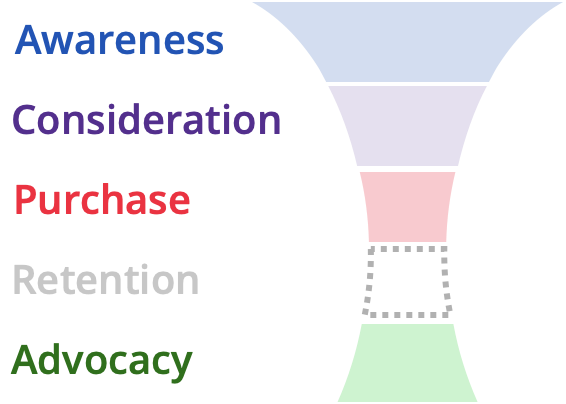
Audiences turn to RED for lifestyle content and guides, but they are not yet accustomed to completing purchases on RED.
RED’s commercial revenue growth has been slow, and the platform is exploring new opportunities for monetization, e.g. live-streaming.
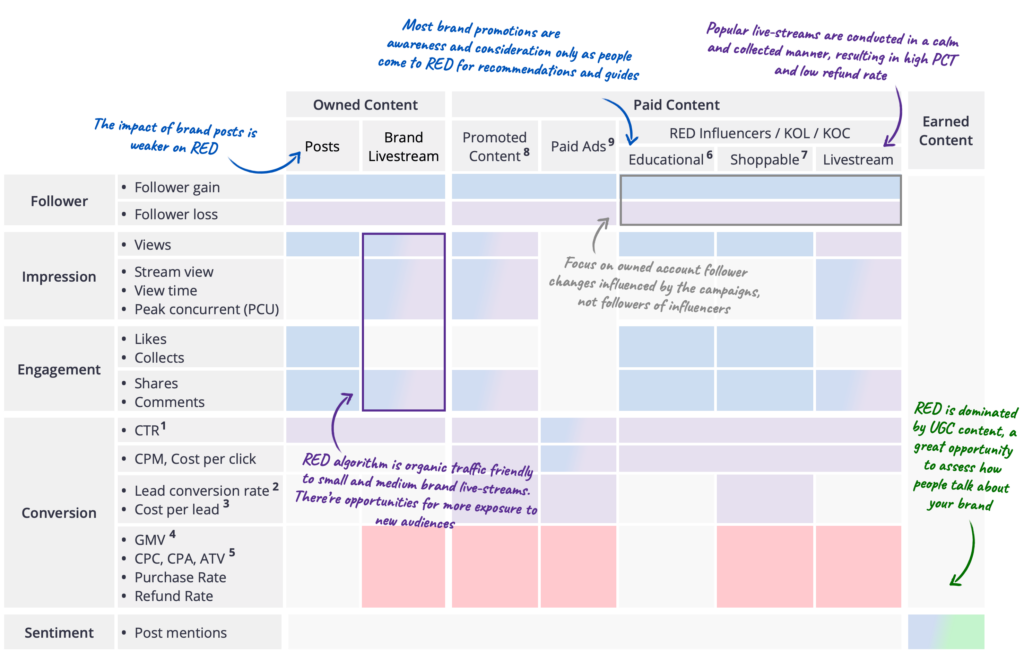
Note: You can find the specific definition of the labeled metrics egorization category in the appendix.
Bilibili Metrics

Bilibili live-streaming is popular for anime and gaming, while related products dominate Bilibili e-commerce. However, there are still not enough opportunities for brands in other industries to efficiently convert in sales.
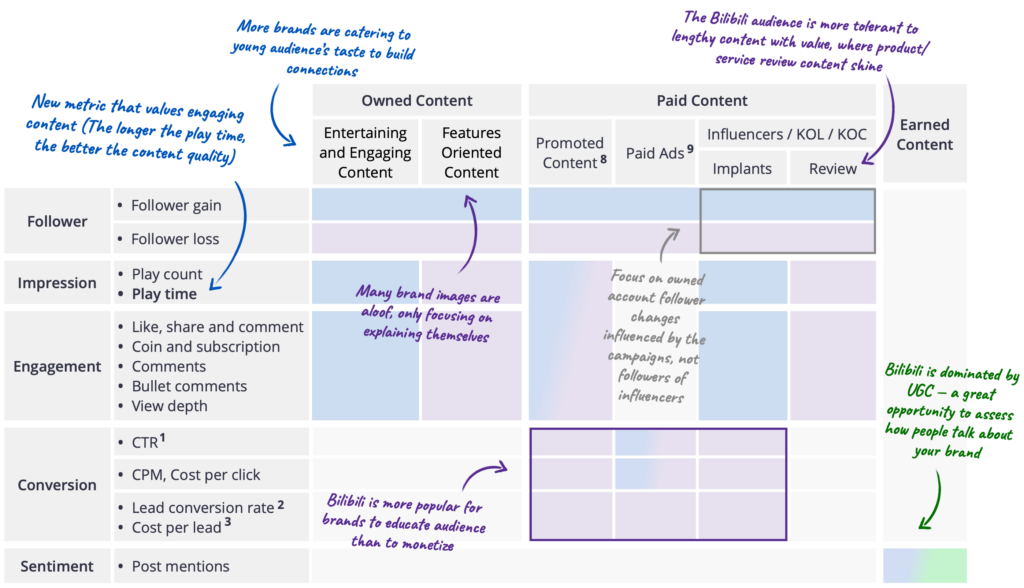
Note: You can find the specific definition of the labeled metrics egorization category in the appendix.
Weibo Official Account Metrics
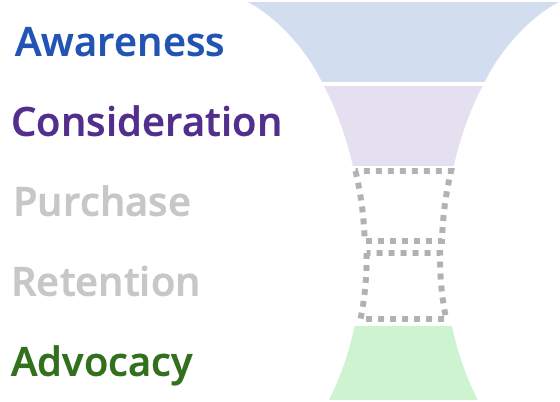
Even though Weibo tries to tap into video feeds and the live-stream market, trendy and timely topic discussion remains its most distinctive feature.
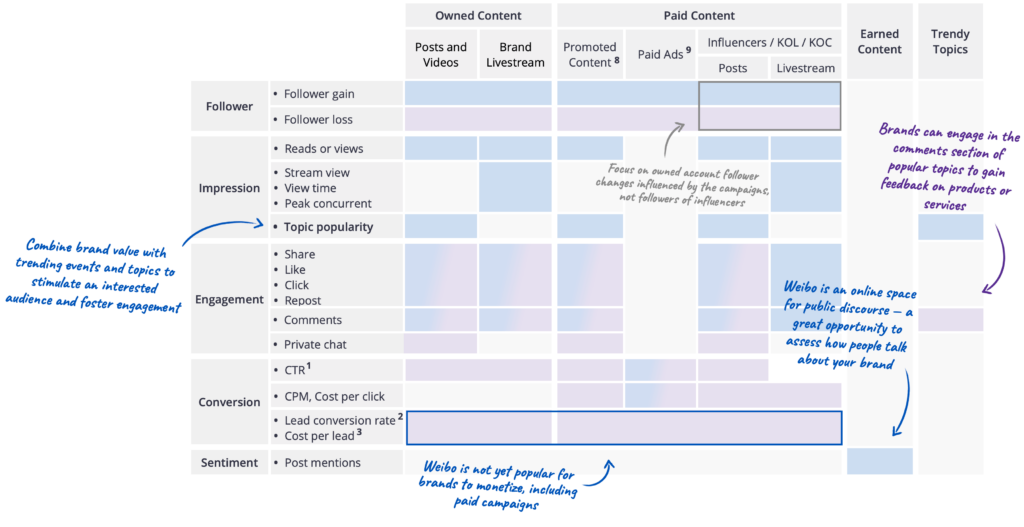
Note: You can find the specific definition of the labeled metrics egorization category in the appendix.
Metrics Definition
1. Click Through Rate (CTR): The percentage of people who view your content (owned or paid) and click to take the next step, whether that’s clicking on a link to read more, buying or submitting a form, etc.
2. Lead Conversion Rate (LCR): The percentage of people who view your content (owned or paid) and click a link to leave their personal info (email, phone number, etc.)
It’s not a lead-to-sales conversion rate.
3. Cost Per Lead (CPL): The cost of resources (money, manpower, time, etc) to acquire a lead.
4. Gross Merchandise Volume (GMV): The total value of sales over a certain period of time. It’s often used to measure e-commerce sales. It can come from posts, videos, livestreams, ads, etc.
5. Cost Per Customer/Acquisition (CPC/CPA): The cost of resources (money, manpower, time, etc.) to acquire a paying customer.
Content Category
6. Educational Content: Any content without a direct call to action to purchase: 1) Content with no call to action; 2) Content with a call to action but to read more, register, follow, or any actions other than buy.
It applies to short video platforms (Channels, Douyin, Kuaishou) and Little Red Book.
7. Shoppable Content: Any content with a direct call to action to purchase.
It applies to short video platforms (Channels, Douyin, Kuaishou) and Little Red Book.
8. Promoted Content: Paid promotion of content on a brand’s official account, including articles, posts, videos and live-streams. It doesn’t include paid ads or KOL collaborations.
9. Paid Ads: Any paid advertisements which DO NOT involve the indigenous content form of the platform (banner ads, search ads, display ads, feed ads…)
It doesn’t include promoted content or influencer/KOL/KOC collaborations.
10. Skit Series: A string of short videos with continuous plot development, hosted in the same account. It can be owned content or paid content.
You could learn more about what to be aware when it comes to measuring social merics on different stages of marketing funnels here.

Awareness: Capture the attention of people who have never heard of your brand before and getting them to connect and follow one of your official channels
Consideration: Build trust with existing followers through informing and educating them about your brand and products
Purchase: Get customers to the point where they trust you enough to hand over their hard-earned money to your company
Loyalty: Build a long-term connection with your customers which brings them back to buy again and requires much less effort than acquiring a new customer
Advocacy: Customers trust you so much that they recommend you to their friends, family and colleagues







